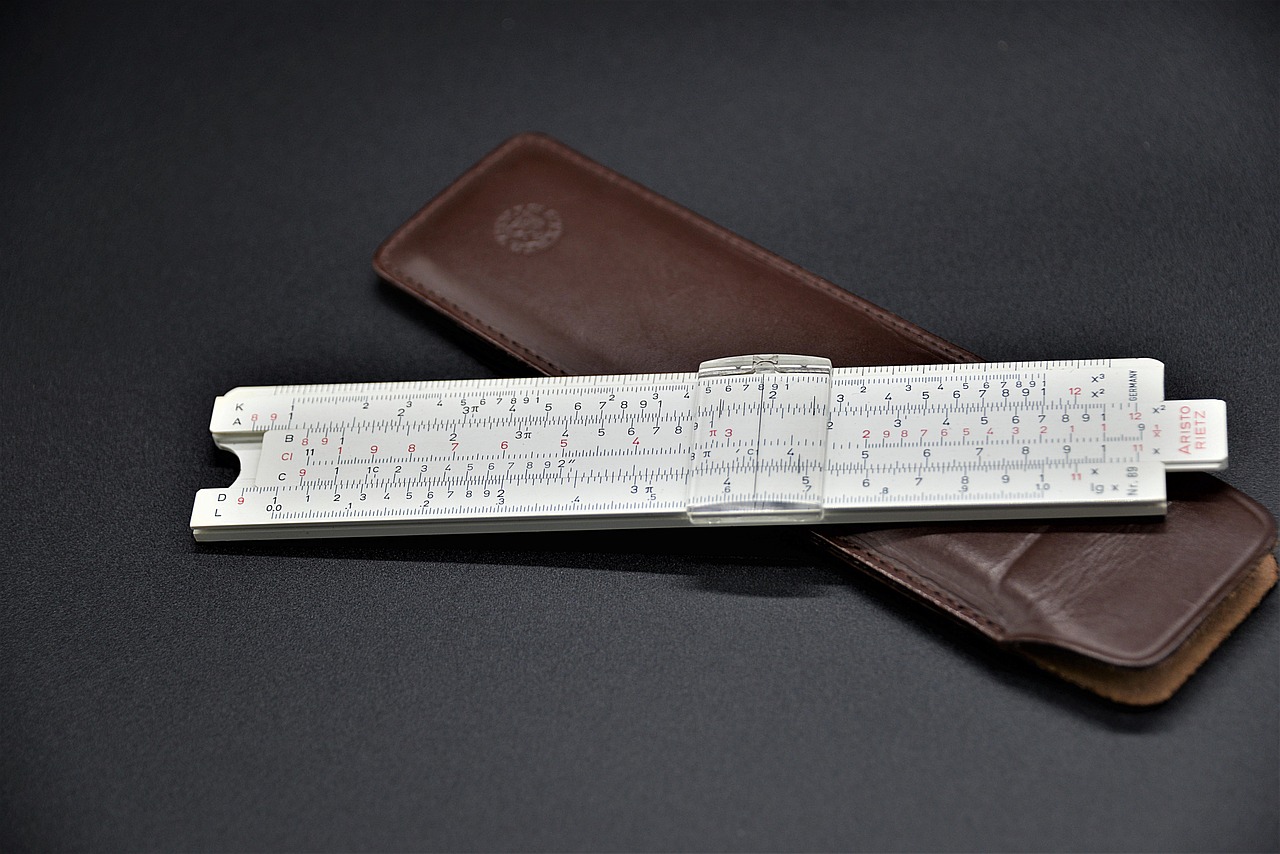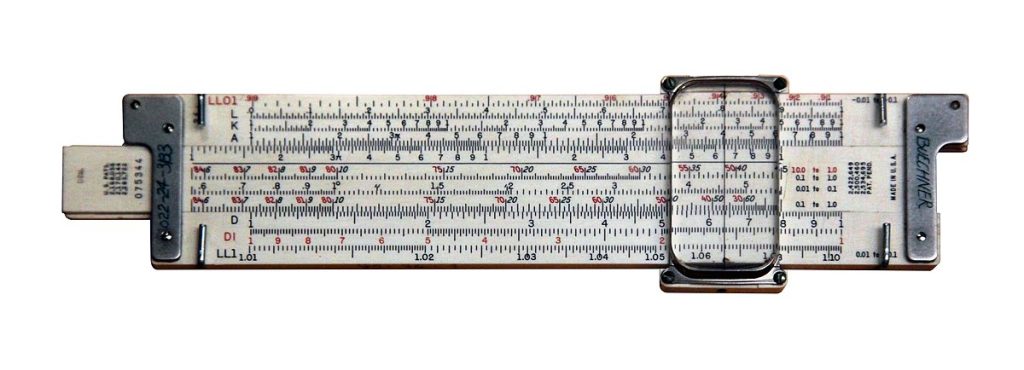
Are you tired of relying on your calculator or computer to solve math problems? Maybe it’s time to ditch the modern tools and go back to the basics. Introducing the slide rule – a simple yet powerful tool that has been used by mathematicians, engineers, and scientists for centuries. Despite its vintage appearance, the slide rule is still relevant in today’s digital age. In fact, many people are rediscovering the slide rule as a fun and practical way to simplify complex mathematical calculations. In this blog post, we’ll explore the history of the slide rule, how it works, and how you can use it to solve math problems with ease. So, grab your slide rule and get ready to unlock its secrets!
The History of the Slide Rule
The slide rule is a useful tool that has been around for centuries. It was first invented in 1632 by the English mathematician William Oughtred, who is credited for inventing the linear slide rule. Oughtred’s invention revolutionized the way calculations were done, and it quickly became a popular tool among mathematicians and engineers. The slide rule made it easier to perform complex calculations quickly and accurately, making it an essential tool for anyone involved in mathematics or engineering. Despite being replaced by modern technology, the slide rule continues to be an important symbol of the history of mathematics and engineering. It’s amazing to think that such a simple yet revolutionary tool could have had such a profound impact on the world.
The slide rule is a remarkable tool that has been used for centuries in various fields. It’s an instrument that is capable of performing mathematical calculations based on scale divisions. Slide rules were used heavily in navigation, engineering, architecture, and even rocket science. The slide rule has played a significant role in shaping the modern world as we know it today. It’s fascinating to think about how such a simple device has had a profound impact on the advancement of science and technology. The slide rule is a true testament to human ingenuity and innovation, and it’s remarkable how it stood the test of time. It’s no wonder why the slide rule remains a classic tool, cherished by many mathematicians and engineers alike.

However, the legacy of the slide rule lives on. It is still a beloved symbol of the scientific and mathematical community, a testament to the ingenuity and innovation of human progress. The slide rule remains an important artifact from a time before digital technology revolutionized our world, a tangible reminder of the gradual steps we took to reach where we are today. Although it is no longer a utilitarian tool, its importance cannot be understated. The slide rule provides a glimpse into the history of scientific progress and continues to inspire new generations of scientists and mathematicians. Without this humble instrument, our understanding of the world would not be as advanced as it is today, making the slide rule an important part of our cultural heritage.
How to Use the Slide Rule for Math Calculations
Slide rules are nifty mechanical devices that can make math calculations much simpler and easier. These clever tools consist of two rulers with a sliding middle section, allowing for quick and accurate calculations without the need for complicated formulas or electronic devices. With a slide rule, you can quickly and easily perform common operations like multiplication, division, square roots, and even trigonometric functions. They are perfect for students, engineers, scientists, or anyone else who needs to make quick calculations on the go. So if you want to simplify your math work and save time and effort, consider getting yourself a trusty slide rule today!
The slide rule is a classic math tool that has been used for centuries. To use the slide rule for math calculations, one must first understand the basic mechanism of the tool. It consists of two parts: logarithmic scales on one side and linear scales on the other. The logarithmic scales allow for different measurements to be converted to a common denominator, making it easier to compare them. The linear scales, on the other hand, can be used to convert between linear measurements or calculate simple operations like addition and subtraction. The slide rule is a powerful yet simple mathematical tool that can perform complex calculations quickly and easily. It is perfect for students, engineers, and anyone who needs to do quick calculations on the go. So, next time you need to perform some calculations, consider using a slide rule – you may just be surprised at how useful it is!
Finally, the slide rule’s design can also help users understand the theory behind the math operations they are performing. Using the logarithmic scales on the slide rule can help individuals develop a deeper understanding of how logarithms work in mathematics. In addition, many schools still require students to learn how to use a slide rule as a basic skill, even though calculators are widely available. The simplicity and practicality of the slide rule make it an ideal tool for anyone who requires a quick and efficient way to perform math operations. Whether you’re an engineer, scientist, or mathematician, the slide rule remains a valued tool in your toolkit.
To Conclude
So, there you have it – the secrets of the slide rule unlocked! While it may seem intimidating at first, the slide rule is actually a user-friendly tool that can simplify even the most complex mathematical calculations. And with a little bit of practice, you’ll be amazed at how quickly you can solve problems with ease. So next time you find yourself reaching for a calculator or a computer program, consider ditching modern technology and going back to the basics with a slide rule. Who knows? You may just find a newfound appreciation for this vintage tool that has stood the test of time in the digital age.






